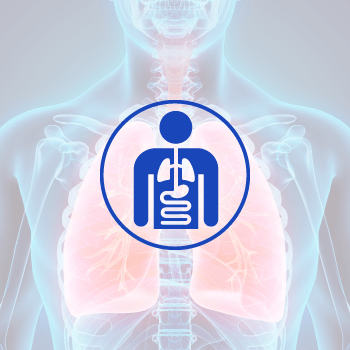HYSTEROSCOPY
Hysteroscopy
Hysteroscopy is a surgical procedure that allows the investigation of the endometrial cavity for diagnosis or treatment. The advantage of this procedure (in comparison to dilation and curettage) is that it allows for direct visualization of endometrial cavity with a camera instead of blind insertion.
The camera is inserted through the vagina and then through the cervix. Hysteroscopy does not involve an incision through the abdomen.
FAQs
- Who needs a hysteroscopy?
- What are the risks associated with hysteroscopy?
- How long does the procedure take?
- What to expect before, during and after the procedure?
- Do I have to take off work?
Hysteroscopy is used when there is a need to examine the inner lining of the uterus. Examples of conditions that may require a hysteroscopy is abnormal bleeding, postmenopausal bleeding, fibroids, polyps, uterine septum, etc… Hysteroscopy also allows the doctor to take samples or biopsies from the inner lining of the uterus and to remove polyps or fibroids which is also known as operative hysteroscopy.
Hysteroscopy is used to diagnose:
- The cause of infertility or repeated miscarriages
- Abnormal uterine bleeding (AUB)
- Postmenopausal bleeding (vaginal bleeding)
Hysteroscopy is a very safe procedure and the risk of complications is very low. However, infection, bleeding, and uterine perforation are some of the associated risks.
The procedure normally takes from 15 to 30 minutes.
The procedure is considered a day surgery procedure. You would be admitted on the day of your procedure. The procedure can be done on general or local anesthesia.
Postoperatively, you would be discharged home after about 2 hours of the completion of the procedure. You may have cramping that is usually treated by your surgical team. You could also expect to have irregular bleeding immediately after.
Recovery usually takes about 2 days and you can go back to normal activity afterwards.

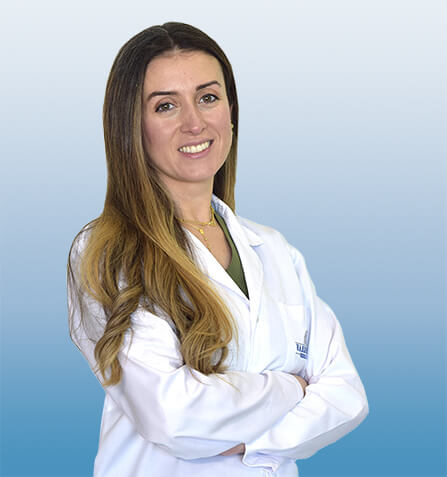


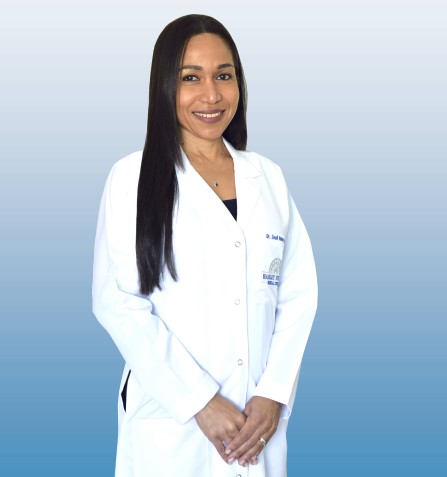
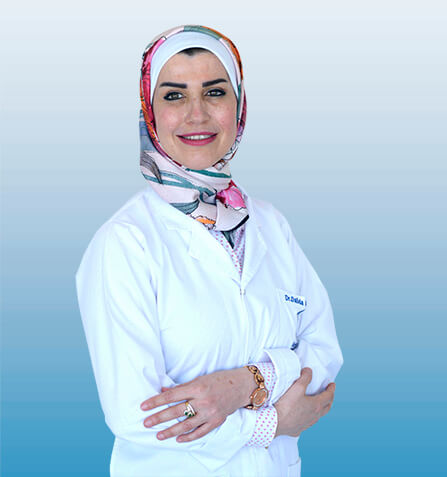


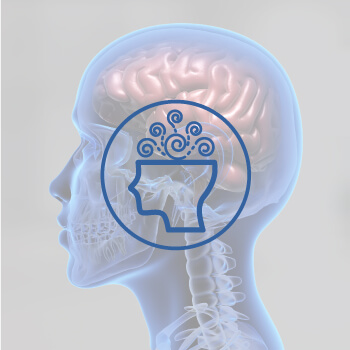



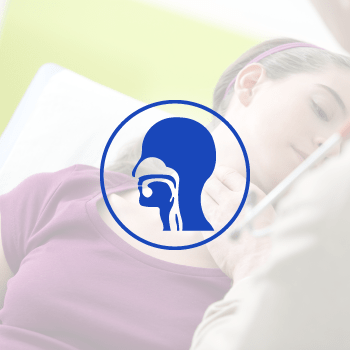
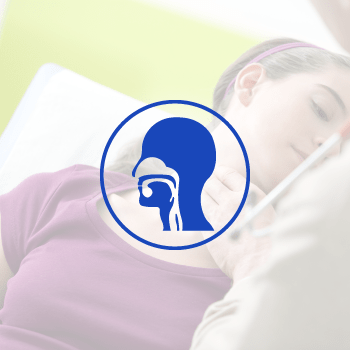
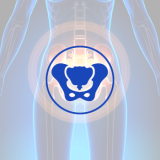
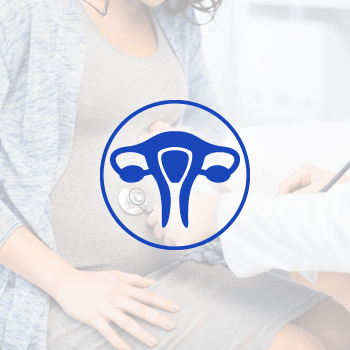
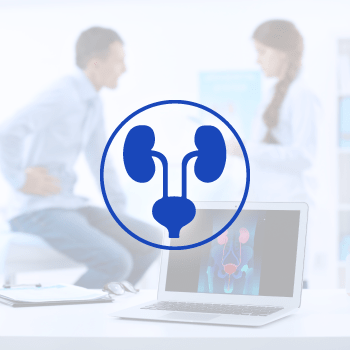
 أنقر هنا
أنقر هنا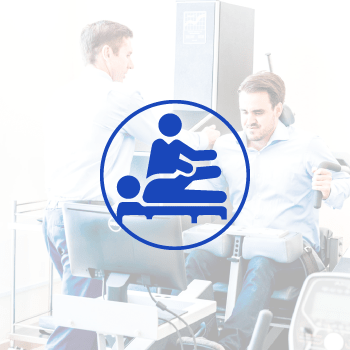 أنقر هنا
أنقر هنا

